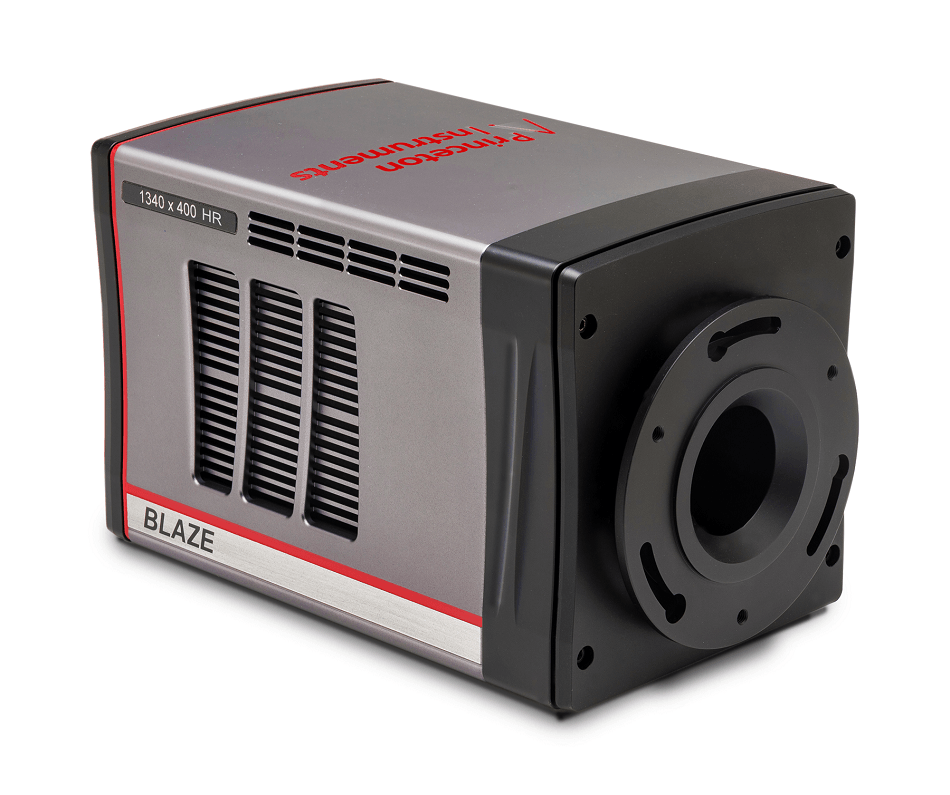Nov 3 2017
Princeton Instruments is pleased to introduce ultra-high-performance BLAZE cameras for spectroscopy, featuring two revolutionary new sensors.
 Image Credits: Princeton Instruments
Image Credits: Princeton Instruments
BLAZE cameras provide the highest NIR quantum efficiency (QE), fastest spectral rates, and deepest thermoelectric cooling capabilities available. Applications for these next-generation CCD cameras are numerous and include Raman spectroscopy, photoluminescence, nanoparticle research, carbon nanotube studies, pump-probe experiments, fluorescence, and micro-spectroscopy.
New BLAZE LD-Sensors are exclusive, deep-depletion devices designed for high sensitivity and extremely low dark current, making them ideal for low-light applications. Proprietary new BLAZE HR-Sensors are super-deep-depletion devices manufactured from high-resistivity bulk silicon in order to yield the highest NIR quantum efficiency of any silicon devices available. HR-Sensors are operated in “fully depleted” mode to preserve high spatial resolution. BLAZE LD and HR cameras are both offered in 1340x100 or 1340x400 formats with 20 μm pixels.
BLAZE incorporates the fastest ADC speeds available in CCD cameras. The LD camera models can run with dual 10 MHz readout ports, while the HR cameras “really blaze” with dual 16 MHz readouts. This enables unprecedented spectral rates of up to thousands of spectra/second (full vertical binning) and greater than 215 kHz in kinetics mode. The unique BLAZE sensor design also allows the cameras to utilize Princeton Instruments’ exclusive SeNsR™ feature: on-chip bi-directional clocking and accumulation of signal. SeNsR technology permits BLAZE cameras to operate in pump-probe experiments in a semi-lock-in mode for improved low-light detection.
Every BLAZE camera features Princeton Instruments’ proprietary ArcTec™ technology, deep thermoelectric cooling that allows operation to -95°C with air for low-dark-current performance. Add 20°C liquid and condensation-free, TRUE -100°C operation is possible, ideal for long integration times in low-light applications.
“The new generation of sensors designed for BLAZE is an exciting development for researchers, offering NIR sensitivity and spectral rates never before attainable in numerous spectroscopy applications,” comments Michael Case, Spectroscopy Business Unit Manager at Princeton Instruments.
BLAZE spectroscopy cameras are fully compatible with all Princeton Instruments imaging spectrographs, including new SpectraPro® HRS spectrographs and award-winning IsoPlane® imaging spectrographs. Seamless integration with powerful Princeton Instruments LightField® software allows complete system control, data acquisition, and processing of spectral data.